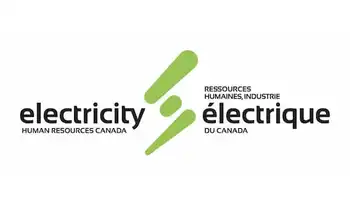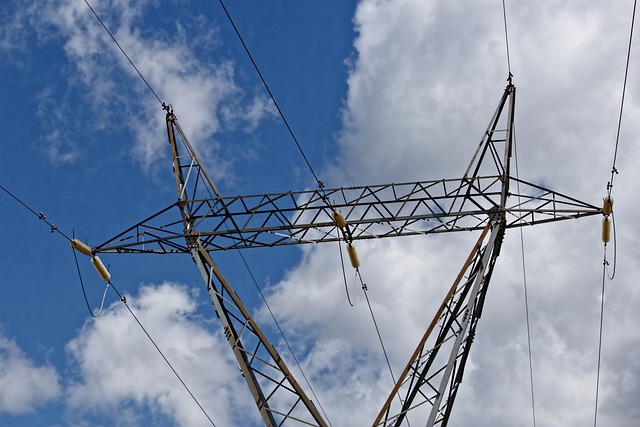Rooftop solar should pay for itself
By Knoxville News Sentinel
High Voltage Maintenance Training Online
Our customized live online or in‑person group training can be delivered to your staff at your location.

- Live Online
- 12 hours Instructor-led
- Group Training Available
That is when he will get a bill that reflects the first full month's usage of the solar energy system that covers almost all the roof of his Blount Veterinary Clinic in Maryville.
Because sunshine is free, "It will probably pay the whole electric bill," Hall said.
Alternate Energy Group of Knoxville installed the 33 solar panels on the clinic's roof, going online October 22 with a system that the veterinarian expects to take a substantial bite out of his power costs.
"I am satisfied with the immediate benefits I see on paper," Hall said, noting that it could be 7 1/2 years before the system pays for itself. "You have to take the long view and look at the return on investment."
Dwayne Cutshall, one of three partners in Alternate Energy Group, said Hall currently pays 11 cents per kilowatt hour to city of Maryville utilities, but he gets a credit of more than twice that - 23 cents per kilowatt hour - for the solar energy generated on his roof.
The potential savings is readily apparent.
If Hall can generate half his power, Cutshall said, all his power costs are covered.
The 33-panel system is as much as the roof of Hall's clinic will hold, Cutshall said.
Hall's last utility bill showed he generated 527 kilowatt hours of electricity from the online date through November 12, giving him a $113.83 credit against his bill. And that encompasses days of increasingly less sunlight and more cloud cover.
Hall said that the reason the utilities - TVA and the city of Maryville - can pay him twice as much for the power he generates than for the power they provide is that the transmission cost of his solar power is far below that of TVA's.
Whereas the TVA power may be transmitted from hundreds of miles away - with much being lost in transit - Hall's excess solar power may travel only to surrounding businesses and homes.
Hall's system is capable of generating 230 watts of DC power per solar panel, totaling 7.59 kilowatts an hour. That power is converted to AC power by a device on the side of Hall's building that works at more than 95 percent efficiency, Cutshall said.
The system cost Hall $53,750, but that was offset by a $1,000 green power award when the system went operational. Plus, Hall gets $15,000 in a federal stimulus money grant administered by the Tennessee Solar Institute at the University of Tennessee and a federal tax credit of more than $16,000 on his 2010 tax return.
Thus, almost half the cost of the solar system is paid for with government money, and that does not include deductions for depreciation, if Hall chooses to claim them.
Hall's array faces a few degrees off due south, and Cutshall said it weighs about 4-5 pounds per square foot. It is designed to stay put in a 155-mph wind and withstand half-inch hail.
It is warranted to still be producing 80 percent of its present capacity in 25 years, Cutshall said.
Cutshall's partners in Alternate Energy Group are the father-son team of Phil R. Hicks Jr. and his son Phil Hicks.











